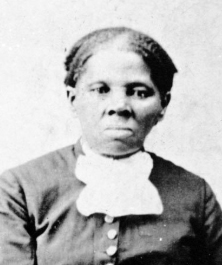 “If you hear the dogs, keep going. If you see the torches in the woods, keep going. If there's shouting after you, keep going. Don't ever stop. Keep going. If you want a taste of freedom, keep going.” —Harriet Tubman, architect of the Underground Railroad
“If you hear the dogs, keep going. If you see the torches in the woods, keep going. If there's shouting after you, keep going. Don't ever stop. Keep going. If you want a taste of freedom, keep going.” —Harriet Tubman, architect of the Underground Railroad
As someone who is on a daily diet of antihistamines and grew up around (and swimming in) my share of bayous and swamps in spite of that fact, I was intrigued to find a swamp-centered state park in the region within a 20-minute drive from my new home. I was certain I’d hear no zydeco music on my approach nor see outstretched tables covered with freshly boiled shrimp and crawfish, as I’ve grown used to, and I admit that I’ve become biased to the natural beauty of Louisiana’s swamps and bayous, sprawling moss-covered cypress, and pelicans and bullfrogs crouching on the tree stumps. However, I freely admit how awestruck I was by the natural beauty and history of the Dismal Swamp upon my first visit, and I’m convinced others will share my opinion. 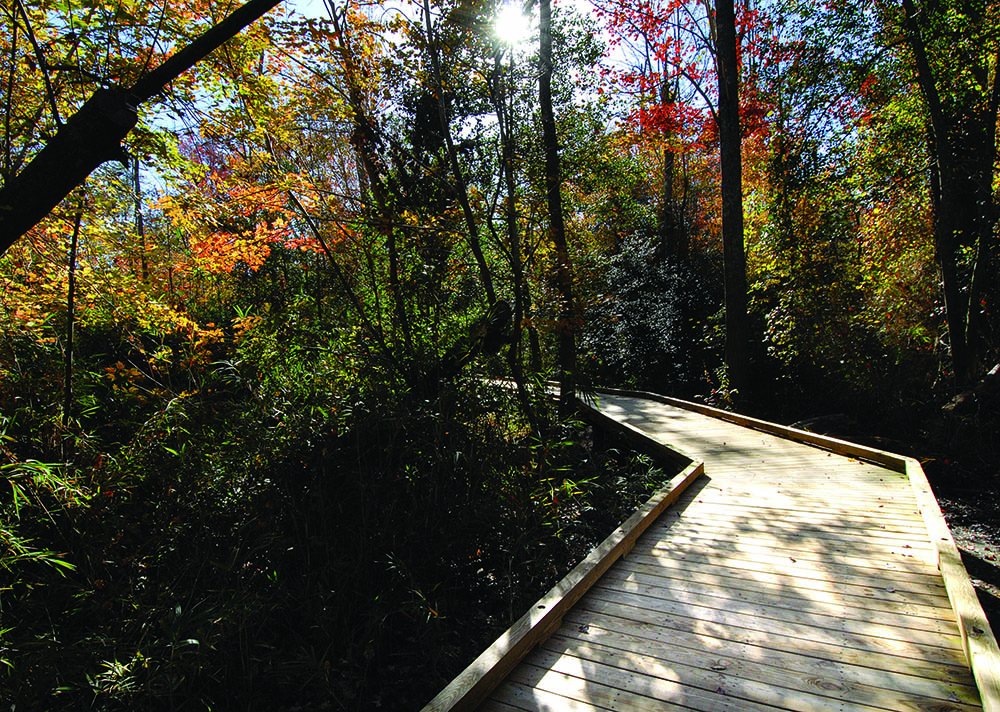 Lovers of beautiful, lush natural scenery and an escape from the bustle of the daily grind, professional and amateur ecologists alike, and admirers of history’s heroes that helped others escape the horrors of chattel slavery will be enthralled when visiting the Dismal Swamp State Park just off of Highway 17 in South Mills, North Carolina. As someone who has visited several state parks and museum sites along the National Underground Railroad Network to Freedom, Dismal Swamp State Park is a unique combination in which the combined resources of the National Park Service and the North Carolina Division of Parks and Recreation provides an experience that is refreshing and enriching whether one seeks historical, ecological, and geographical knowledge, breathtaking natural trails full of local flora for walks, jogs, and boating, or both.
Lovers of beautiful, lush natural scenery and an escape from the bustle of the daily grind, professional and amateur ecologists alike, and admirers of history’s heroes that helped others escape the horrors of chattel slavery will be enthralled when visiting the Dismal Swamp State Park just off of Highway 17 in South Mills, North Carolina. As someone who has visited several state parks and museum sites along the National Underground Railroad Network to Freedom, Dismal Swamp State Park is a unique combination in which the combined resources of the National Park Service and the North Carolina Division of Parks and Recreation provides an experience that is refreshing and enriching whether one seeks historical, ecological, and geographical knowledge, breathtaking natural trails full of local flora for walks, jogs, and boating, or both. 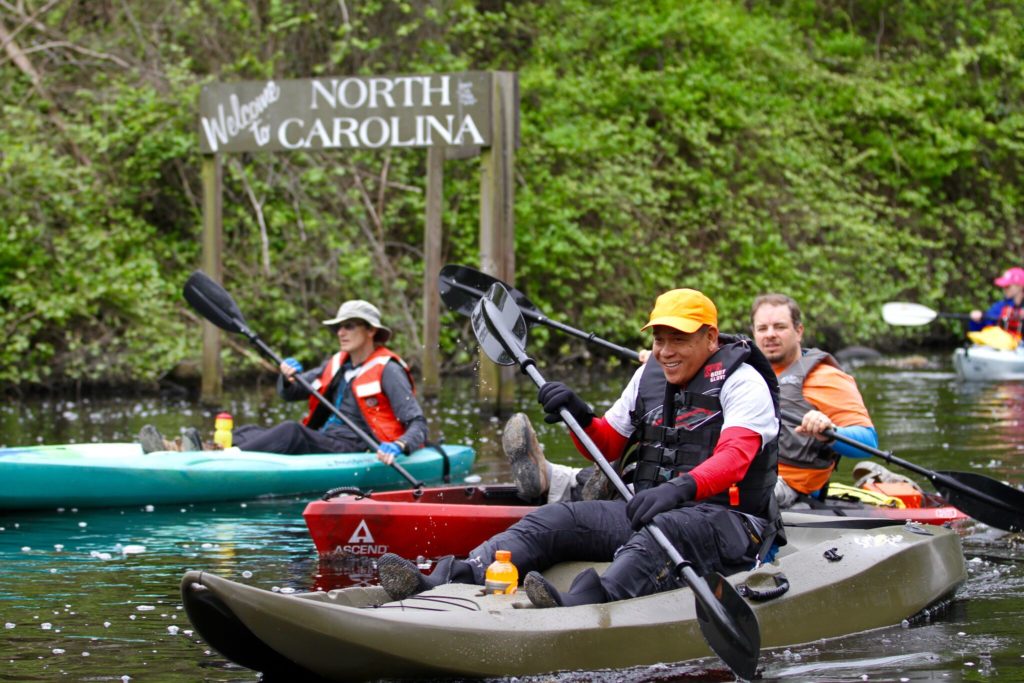 The initial reaction one will feel upon arrival is a sense of wonder at the impressive construction of the Dismal Swamp Canal, which must be crossed via drawbridge to enter the park. Long, narrow, and perfectly straight for as far as the eye can see, the still waters are likely to be occasionally interrupted by kayakers navigating its nearly 20-mile long path (and not just on the annual “Paddle for the Border”) or recreational boaters enjoying the pristine landscape.
The initial reaction one will feel upon arrival is a sense of wonder at the impressive construction of the Dismal Swamp Canal, which must be crossed via drawbridge to enter the park. Long, narrow, and perfectly straight for as far as the eye can see, the still waters are likely to be occasionally interrupted by kayakers navigating its nearly 20-mile long path (and not just on the annual “Paddle for the Border”) or recreational boaters enjoying the pristine landscape.
Extensive networks of trails criss-cross throughout the park, including paved jogging/biking trails adjacent to the park and a walking trail that is also guided by a wagon tour. Along this trail you’ll see a remarkably preserved moonshine still discovered in the nearby woods. A much longer and beautifully constructed boarded trail extends into the swamp with informational kiosks that describe the native flora, fauna, and is perfect for inquisitive children and visitors curious about the region’s native plants, trees, and animals (particularly those interested in birdwatching). Those interested in fishing can also take advantage of the opportunity to snag yellow perch and catfish in the quiet and peaceful surrounds. [caption id="attachment_17074" align="alignnone" width="1024"]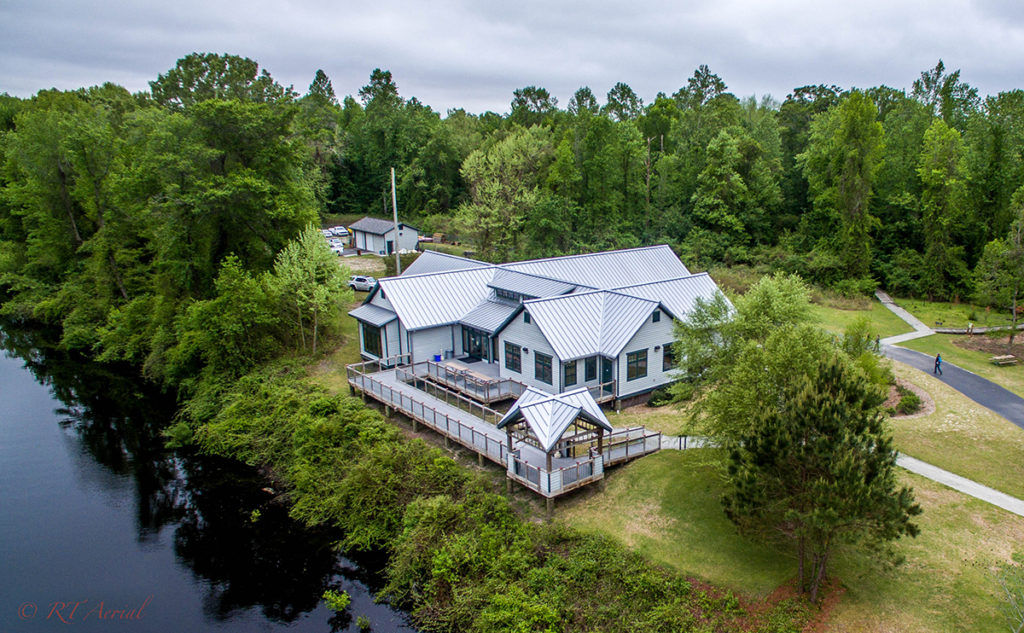 Dismal Swamp State Park Visitors Center located on the canal. Photo by Randall Harris.[/caption] After an exploratory walk along the gorgeous trails, one should spend an equal amount of time exploring the Dismal Swamp State Park Visitors Center, which tells the story of how the Dismal Swamp Canal, primarily constructed by slaves from 1793-1805 with backbreaking (and often fatal) consequences. The man-made canal, which connected the Elizabeth River to the Pasquotank River, opened up commerce between North Carolina and Virginia to shipping and is largely responsible for transforming the region’s economy. The canal also dramatically transformed the region’s ecology, flooding land to the west making it more fertile for farmland while drying up the land to the east, and the visitors center explains (and in one particularly interesting exhibit, demonstrates) how the peaty soil maintains the swamp’s conditions to this day. A separate room extensively documents the area’s wildlife with a series of animals displayed by skilled taxidermists who have accurately captured their beauty, fearsomeness, and relative size.
Dismal Swamp State Park Visitors Center located on the canal. Photo by Randall Harris.[/caption] After an exploratory walk along the gorgeous trails, one should spend an equal amount of time exploring the Dismal Swamp State Park Visitors Center, which tells the story of how the Dismal Swamp Canal, primarily constructed by slaves from 1793-1805 with backbreaking (and often fatal) consequences. The man-made canal, which connected the Elizabeth River to the Pasquotank River, opened up commerce between North Carolina and Virginia to shipping and is largely responsible for transforming the region’s economy. The canal also dramatically transformed the region’s ecology, flooding land to the west making it more fertile for farmland while drying up the land to the east, and the visitors center explains (and in one particularly interesting exhibit, demonstrates) how the peaty soil maintains the swamp’s conditions to this day. A separate room extensively documents the area’s wildlife with a series of animals displayed by skilled taxidermists who have accurately captured their beauty, fearsomeness, and relative size.
Perhaps most interestingly related to the region’s historical topography is its importance to the Underground Railroad, a network of paths and trails engineered by abolitionist Harriet Tubman, and used by slaves to escape to the North and to freedom. Thought perhaps to be haunted by many nearby residents, and extremely difficult to navigate and track escaped slaves due to the thick brush, peaty soil, snakes, bears, and insects, between the turn of the 18th century and the beginning of the Civil War, “maroon” communities made their way to and through the Swamp on the way to freedom. Many freed and ex-slaves formed communities there, hiding from enslavers and trading with local businessmen or paying bribes to locals in order to secure their secrecy, and assisting other slaves passing through on their way north to freedom. The resilience of their inspirational story adds an element of wonder and admiration to the incredible peacefulness and serenity afforded by the surroundings. Dismal Swamp State Park is open daily from 8:00 a.m. - 6 p.m. March-October and 8:00 a.m. - 5:00 p.m. November-February, and the Visitor Center is open weekdays from 8:00 a.m. - 4:30 p.m. and Saturday-Sunday 9:30 a.m. - 4:30 p.m. All of the park’s trails close 30 minutes before park closing time. I spent approximately three hours driving to and from nearby Elizabeth City to the park and exploring its walking trails, the visitor center, and watching a few boats sail through the canal, and can imagine spending even more time on my next trip, provided that they’ll rent me a pirogue rather than a kayak.  Will Broussard is a higher education administrator, professor, and essayist. He recently moved to Elizabeth City from Acadiana (a heavily Black creole and French-influenced region of south Louisiana). His essays, op-eds, and reflections on college writing, HBCU leadership, college athletics, and Louisiana politics have appeared in peer-reviewed journals, magazines, newspapers, and least-interestingly (but much more snarkily) on his Twitter feed (@DeadLecturer).
Will Broussard is a higher education administrator, professor, and essayist. He recently moved to Elizabeth City from Acadiana (a heavily Black creole and French-influenced region of south Louisiana). His essays, op-eds, and reflections on college writing, HBCU leadership, college athletics, and Louisiana politics have appeared in peer-reviewed journals, magazines, newspapers, and least-interestingly (but much more snarkily) on his Twitter feed (@DeadLecturer).
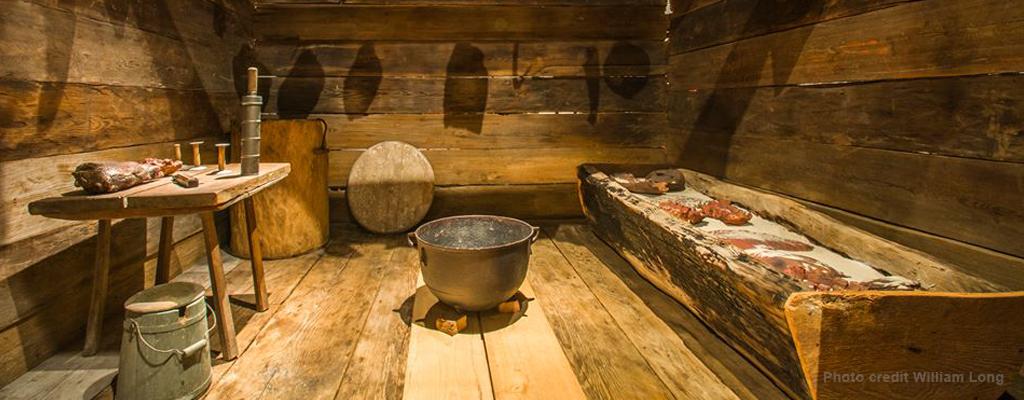
Museum of the Albemarle’s second floor gallery sits the re-assembled Proctor Smokehouse, which was initially relocated from the Proctor Farm, in the Bear Swamp area of Perquimans County. Discover the history of the house and the reasoning's to why it ended up in the Museum of the Albemarle. ... READ MORE
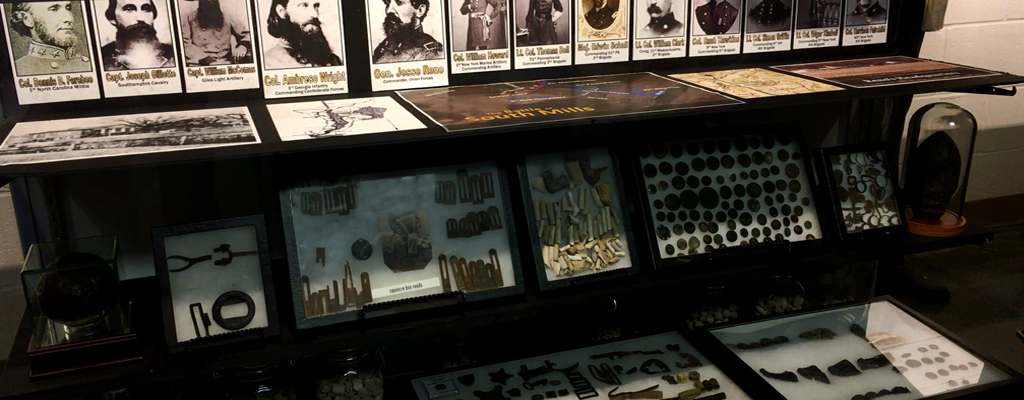
Through the vision of a group of passionate historians and residents who wanted a permanent home for Camden County artifacts, documents, and stories, The Camden County Heritage Museum and Historic Jail (117 N.C. Highway 343, next to the Historic Courthouse; 252-771-8333), a short drive from Elizabeth City, were founded in April 2017 and boast a historically significant array of local items, circa 1777 to present day.... READ MORE

Hertford's hometown hero, Jim "Catfish" Hunter 15 year career, pitching for the Kansas City/Oakland A’s and the New York Yankees... READ MORE